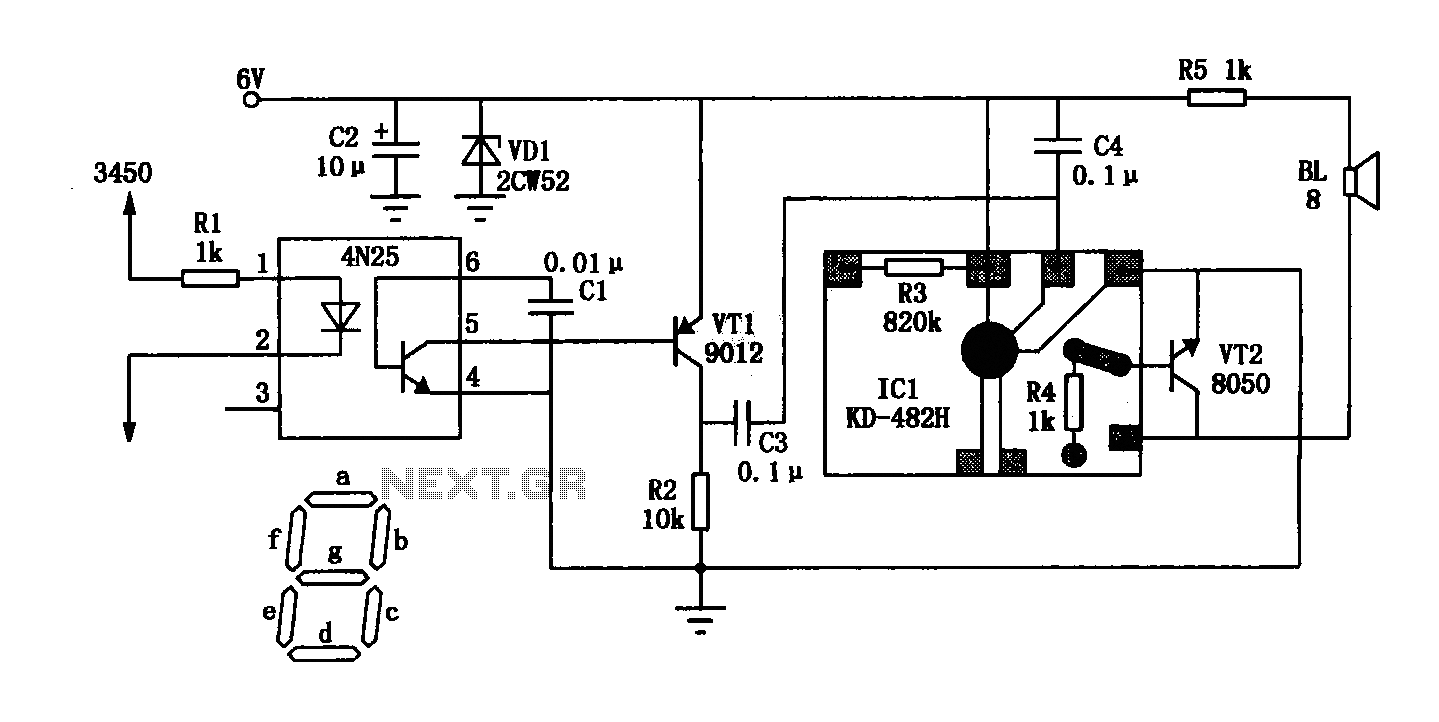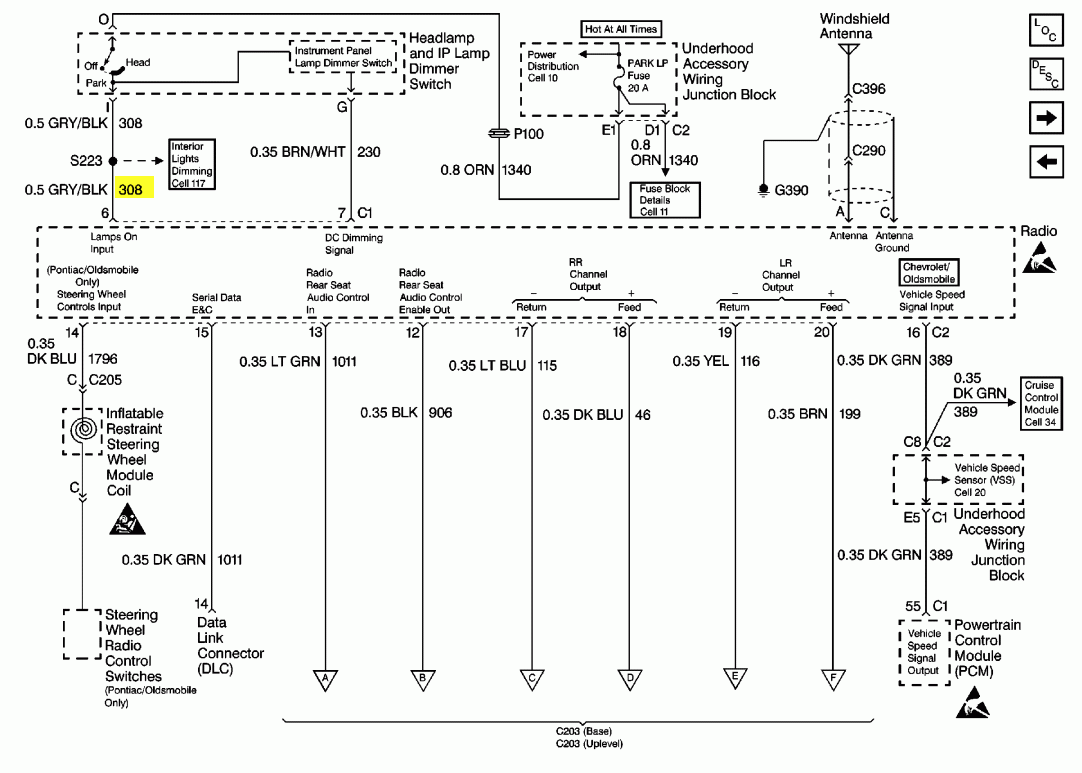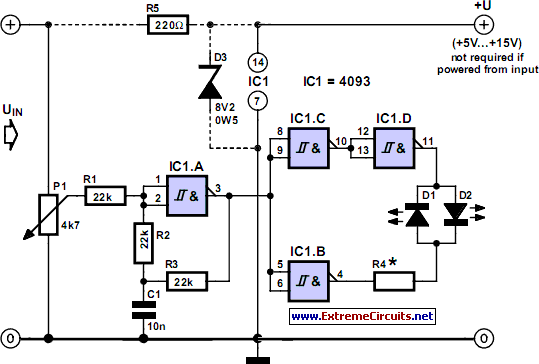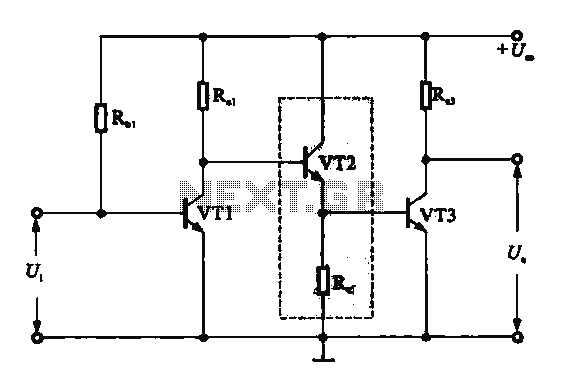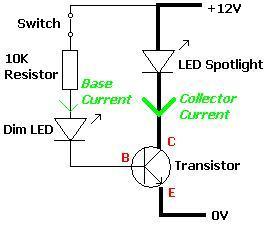
LED

This series of light switches operates differently from traditional voltage-based systems. These light switches can function directly on the AC power network. The primary components utilized in this circuit are a TRIAC and a Light Dependent Resistor (LDR). The circuit design is straightforward, and the components are readily available in the market. To adjust the light sensitivity of the circuit, the 3.3 MOhm resistor can be replaced with a variable resistor. The accompanying images provide further details. This TRIAC-based light switch series functions as dimmers, with dimming control based on the light received by the LDR. As the intensity of light falling on the LDR decreases, the brightness of the connected lights increases. Care should be taken during installation to ensure that the LDR is not directly exposed to light from the lamp.
The described circuit employs a TRIAC for controlling AC loads, making it suitable for applications where dimming or light sensitivity is desired. The TRIAC allows for the control of the power delivered to the load by varying the phase angle of the AC signal. This method of control is efficient for light dimming applications, as it reduces power consumption while providing a smooth transition in brightness levels.
The LDR serves as a light sensor that adjusts the output based on ambient light conditions. In low-light conditions, the resistance of the LDR decreases, allowing more current to flow through the TRIAC, thereby increasing the brightness of the connected lamp. Conversely, in bright conditions, the resistance of the LDR increases, which reduces the current flowing through the TRIAC, dimming the light.
To enhance the sensitivity of the circuit, the fixed resistor can be substituted with a variable resistor (potentiometer), allowing for manual adjustment of the light sensitivity threshold. This feature enables users to customize the operation of the light switch according to their specific lighting environment.
Installation considerations are critical for optimal performance. The placement of the LDR should be strategic, ensuring that it is shielded from direct light emitted by the lamp to avoid erroneous readings and unintended dimming behavior. Proper housing or shielding can be employed to maintain the integrity of the sensor's readings.
Overall, this circuit represents a practical solution for automatic light control, combining simplicity in design with effective functionality, making it a valuable addition to home automation systems.The series of light switches this time slightly different from the voltage of work. The series of light switches can work directly on the AC power network. Light switches are using the main component of TRIAC and LDR. The circuit is very simple and the components were sold in the market. If you want a light reception sensitivity of this circuit ca n be arranged then the 3. 3 MOhm resistor can be replaced with a variable resistor. For more details can be seen from the following series of images. With Triac Light switch series is as dimers, but dimers control performed by the reception of light around the LDR. The lower the intensity cayaha received LDR then bright lights. For installation LDR need to be considered so as not exposed to light from the lamp directly. 🔗 External reference
The described circuit employs a TRIAC for controlling AC loads, making it suitable for applications where dimming or light sensitivity is desired. The TRIAC allows for the control of the power delivered to the load by varying the phase angle of the AC signal. This method of control is efficient for light dimming applications, as it reduces power consumption while providing a smooth transition in brightness levels.
The LDR serves as a light sensor that adjusts the output based on ambient light conditions. In low-light conditions, the resistance of the LDR decreases, allowing more current to flow through the TRIAC, thereby increasing the brightness of the connected lamp. Conversely, in bright conditions, the resistance of the LDR increases, which reduces the current flowing through the TRIAC, dimming the light.
To enhance the sensitivity of the circuit, the fixed resistor can be substituted with a variable resistor (potentiometer), allowing for manual adjustment of the light sensitivity threshold. This feature enables users to customize the operation of the light switch according to their specific lighting environment.
Installation considerations are critical for optimal performance. The placement of the LDR should be strategic, ensuring that it is shielded from direct light emitted by the lamp to avoid erroneous readings and unintended dimming behavior. Proper housing or shielding can be employed to maintain the integrity of the sensor's readings.
Overall, this circuit represents a practical solution for automatic light control, combining simplicity in design with effective functionality, making it a valuable addition to home automation systems.The series of light switches this time slightly different from the voltage of work. The series of light switches can work directly on the AC power network. Light switches are using the main component of TRIAC and LDR. The circuit is very simple and the components were sold in the market. If you want a light reception sensitivity of this circuit ca n be arranged then the 3. 3 MOhm resistor can be replaced with a variable resistor. For more details can be seen from the following series of images. With Triac Light switch series is as dimers, but dimers control performed by the reception of light around the LDR. The lower the intensity cayaha received LDR then bright lights. For installation LDR need to be considered so as not exposed to light from the lamp directly. 🔗 External reference
